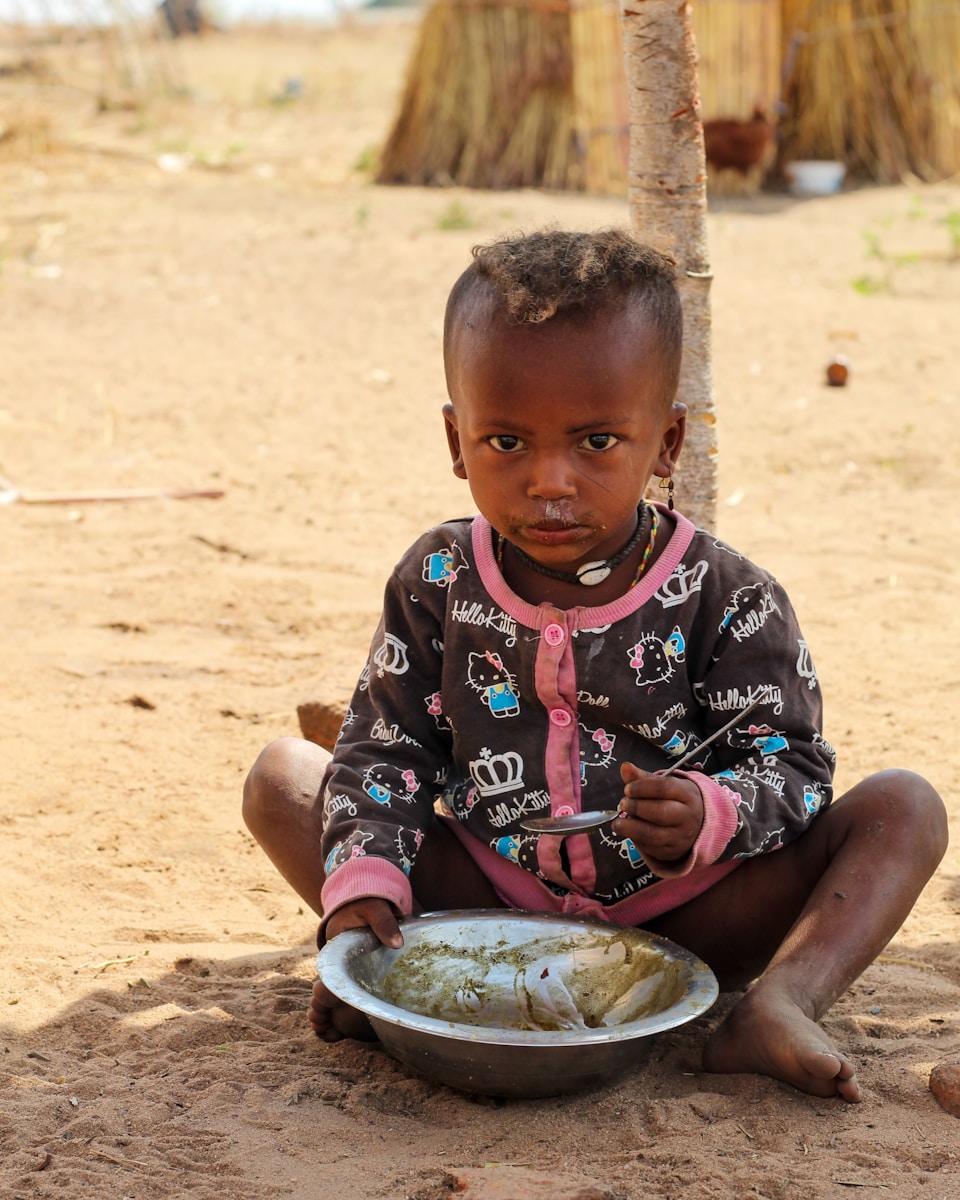
Nearly 11,000 children die every year in South Africa due to hunger. This figure reveals not only a health crisis but also a social and political failure. Child hunger is not just about lack of food, it is a reflection of deep inequalities that continue to widen across the nation.
South Africa produces enough food to feed its population, yet millions go to bed hungry. Structural poverty, unemployment, and poor distribution systems fuel this crisis. According to UNICEF South Africa, malnutrition remains one of the most pressing issues that prevent children from achieving healthy development.
Child Hunger does not only kill, it also destroys futures. Malnourished children face learning difficulties, stunted growth, and weakened immunity. These consequences extend far beyond the individual, perpetuating cycles of poverty and inequality. For deeper insight into how hunger connects with education, read our analysis on the education crisis in South Africa.
Despite numerous promises, government interventions have failed to address the hunger crisis effectively. Social grants provide temporary relief but do not resolve the structural issues of inequality and unemployment. The lack of transparent accountability continues to spark debates about the role of leadership in combating hunger.
Community-led organizations and NGOs are stepping in where the state falls short. Food distribution programs, nutrition education, and grassroots initiatives have helped save lives. However, without systemic change, these efforts can only provide temporary solutions. Reports from World Food Programme highlight the importance of coordinated action between state and civil society.
South Africa’s hunger crisis is inseparable from its extreme wealth gap. While some households waste food, millions of others cannot afford basic nutrition. This divide mirrors broader issues of inequality rooted in historical and economic injustices. To explore more about inequality’s impact on society, check out our social inequality article for a deeper perspective.
Nearly 11,000 children die each year in South Africa due to hunger, a tragedy that experts describe as preventable. The toll is not only physical but also psychological, leaving families devastated and communities struggling with grief. The loss of young lives represents a failure of society to protect its most vulnerable members.
Hunger does not always kill directly. It weakens immune systems, leaving children more susceptible to diseases like tuberculosis and pneumonia. Malnourished children also face stunted growth and developmental delays. According to World Health Organization data, chronic malnutrition can permanently affect brain development, reducing a child’s lifelong potential.
Hungry children cannot concentrate in classrooms, leading to poor academic performance and higher dropout rates. This creates a cycle where poverty and hunger reinforce one another across generations. Schools with feeding schemes play a vital role in breaking this cycle. For further insights, explore our piece on education and poverty to see how hunger undermines learning opportunities.
Ending child hunger in South Africa requires more than temporary relief, it demands structural change. Experts advocate for stronger social safety nets, expanded school feeding programs, and targeted support for low-income families. Agricultural investment, job creation, and effective monitoring of food distribution are essential. Hunger is not an inevitable reality but a solvable challenge if government and civil society act together with urgency.
Nearly 11,000 child deaths each year represent not just statistics but shattered futures. Hunger is a preventable crime that South Africa has the means to end. By investing in nutrition, education, and equality, the nation can protect its most vulnerable and ensure that no child dies simply because of lack of food. The time to act is now.